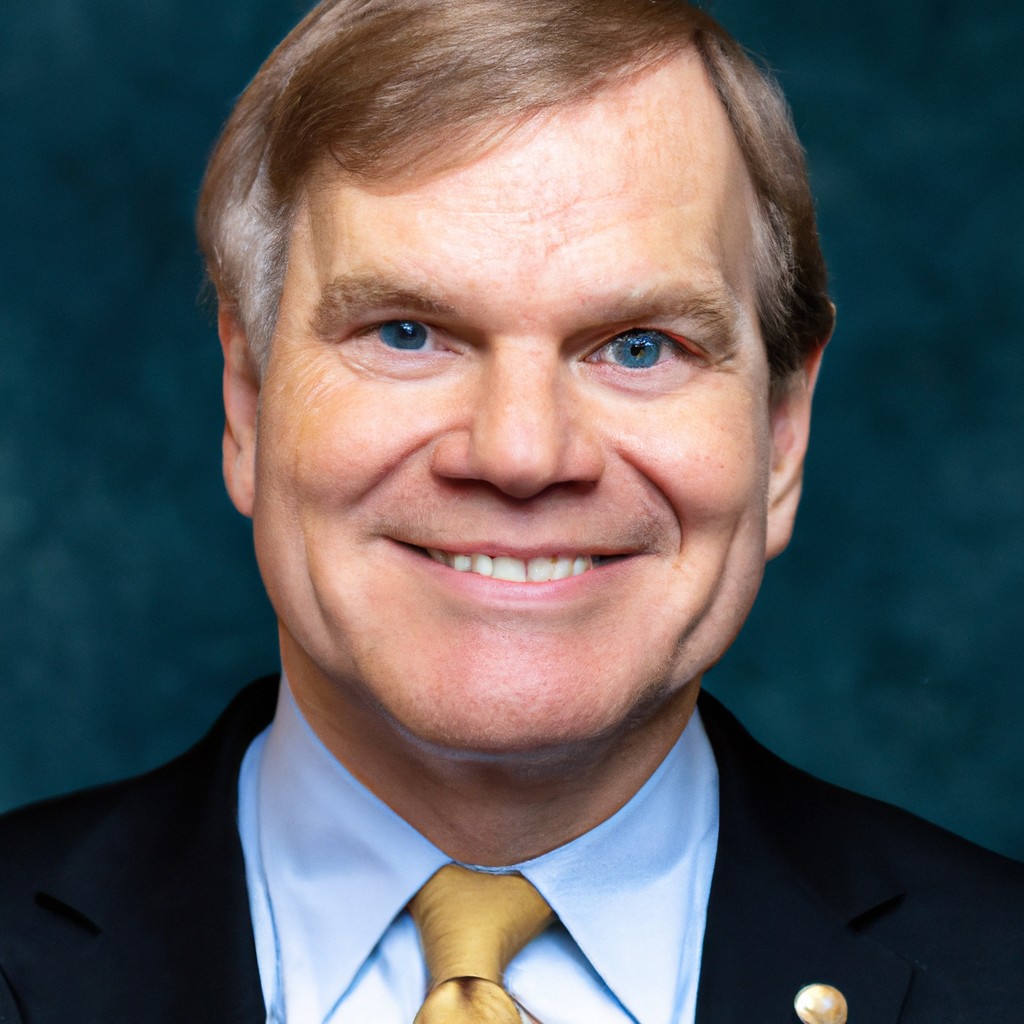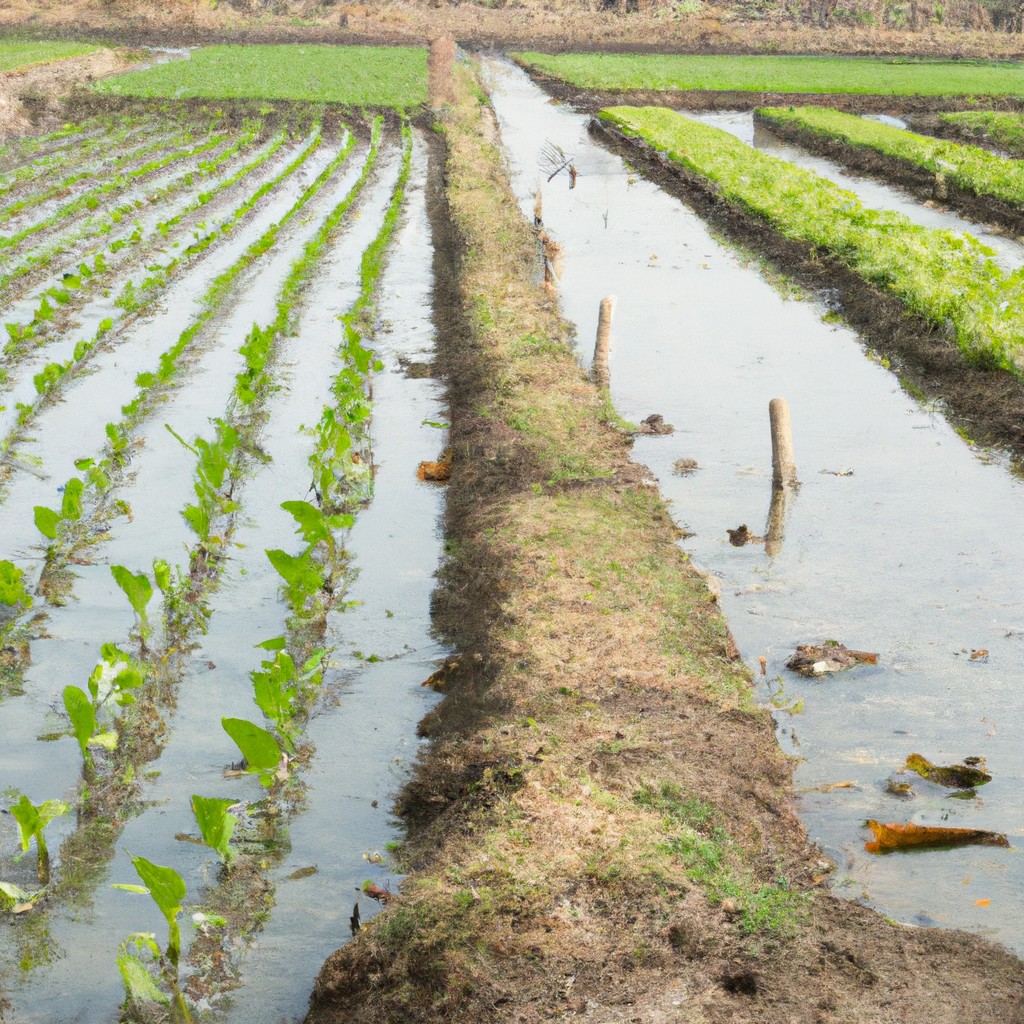This article provides insights into Tom Vilsack’s role and influence in sustainable and regenerative agriculture.
Look Inside:
Early Life and Education

Born into a Catholic family in Pittsburgh, Pennsylvania, Tom Vilsack’s early years were marked by a personal challenge—he was an orphan. Adopted and raised in a loving environment, he thrived academically. His education began at Shady Side Academy, a preparatory school in Pittsburgh. His commitment to education led him to Hamilton College in New York, where he earned his bachelor’s degree in history and government in 1972. Embracing a passion for the law, Vilsack subsequently attended Albany Law School, obtaining his Juris Doctor in 1975. These formative years laid the groundwork for his future in public service, shaping his understanding of legal frameworks and governance that would become critical in his later career in politics and agriculture.
Governor of Iowa, 1998-2007
During his tenure as Iowa’s governor, Tom Vilsack prioritized educational reform and public health. He implemented the Iowa Values Fund, which intended to stimulate the state’s economy by investing in businesses and creating jobs. This initiative reflected Vilsack’s entrepreneurial mindset and commitment to economic development.
Vilsack also showed a strong commitment to environmental issues, promoting renewable energy projects to bolster Iowa’s economy and reduce dependence on fossil fuels. He was at the forefront of advancing the state’s wind energy sector and supported the production of biofuels, positioning Iowa as a leader in renewable energy during his governorship.
In healthcare, Vilsack expanded the IowaCare program to increase access for low-income residents. This move aligned with his belief in the need to improve public health services and ensure more comprehensive healthcare coverage.
Agriculturally, he advocated for conservation practices and sustainable farming, ensuring that Iowa’s robust agriculture sector remained innovative and environmentally sound. These efforts echoed the sustainable and regenerative farming principles that later influenced his policies at the federal level.
Secretary of Agriculture (2009–2017)
Tom Vilsack’s first tenure as Secretary of Agriculture under President Barack Obama was marked by a dedicated push towards revitalizing rural America and an emphasis on supporting the nation’s farmers while balancing concerns for nutrition and environmental conservation.
During these years, Vilsack oversaw several important pieces of legislation, including the implementation of the 2008 and 2014 Farm Bills which expanded insurance options for crop producers and provided a safety net for millions of farmers, enabling them to invest confidently in their operations and manage risk more effectively.
His leadership fostered innovation in agricultural practices, giving rise to programs that encouraged research and development in bioenergy, organic production, and local farming initiatives. These efforts aimed not only to boost farm income but also to address climate change by promoting sustainable practices.
Vilsack championed the Supplemental Nutrition Assistance Program (SNAP), educating on its role not just in hunger prevention but in providing economic benefits to communities. He worked on improving children’s nutrition through an overhaul of school meals to include more healthful options thus confronting the issue of childhood obesity head-on.
With a global perspective, Vilsack was instrumental in trade negotiations to open new markets for American agriculture, which helped to increase the country’s agricultural exports to record levels, bolstering the industry and economy.
His approach often aimed to strike a delicate balance between various agricultural interests and those of consumers, advocating for advancements in technology and science, such as the development and regulation of genetically modified crops, to ensure food security for a growing population.
In addressing challenges, Vilsack highlighted the need for rural broadband access, recognizing the role that connectivity plays in modern agriculture and educational resources for rural communities.
Overall, Vilsack’s leadership from 2009 to 2017 focused on modernizing American agriculture, expanding market opportunities, enhancing food security, and investing in the broader rural economy while laying the groundwork for the sustainable agriculture practices necessary for long-term ecological health.
Nomination and Confirmation As Secretary of Agriculture, 2021
Tom Vilsack’s return to the role of Secretary of Agriculture in 2021 marked a significant moment in U.S. agricultural policy, representing both continuity and a commitment to addressing new challenges. His nomination by President Joe Biden signaled a focus on experience, as Vilsack had previously led the Department of Agriculture (USDA) for eight years under President Barack Obama.
During the confirmation process, Vilsack outlined his priorities, emphasizing the need to tackle climate change, enhance the sustainability of American agriculture, and address racial inequities in farming. He received bipartisan support, illustrating a broad agreement on his capability to lead. The Senate confirmed Vilsack with a vote of 92-7, reflecting confidence in his expertise and previous experience with agricultural issues.
Vilsack’s confirmation also indicated a pivot toward rebuilding rural economies affected by the COVID-19 pandemic, a task that intersects with improving food security and supply chain sustainability. His position carries the weight of guiding the USDA through a period of recovery and transformation as the agricultural sector confronts both economic and environmental challenges.
Key Initiatives and Policies in the Second Term
In his renewed role, Tom Vilsack has re-engaged with the agricultural sector, prioritizing climate change mitigation and advocating for the development of a carbon bank. This initiative supports paying farmers, ranchers, and forest landowners for carbon sequestration practices. Recognizing the potential of agriculture in combating climate change, his approach aligns closely with the Biden Administration’s ambitious climate goals.
Vilsack is also focused on expanding markets for renewable energy, particularly biofuels, and has indicated plans to revisit and possibly expand the Renewable Fuel Standard. This move could facilitate a broader market for ethanol and biodiesel that benefits both producers and the environment.
Another critical aspect of his tenure involves addressing longstanding inequities in the farming sector by ensuring that relief and resources are fairly distributed. This includes advocating for minority farmers and supporting initiatives to create more resilient food systems resilient against disruptions.
Moreover, Vilsack is intent on strengthening the supply chains within the agricultural sector to reduce dependency on imports and increase domestic production capabilities. This strategic shift aims to bolster the United States’ agricultural self-reliance creating more robust food systems and supporting rural economies.
These focused actions underscore a broader strategy to modernize American agriculture, making it more sustainable, equitable, and better poised to meet the challenges of the 21st century.




